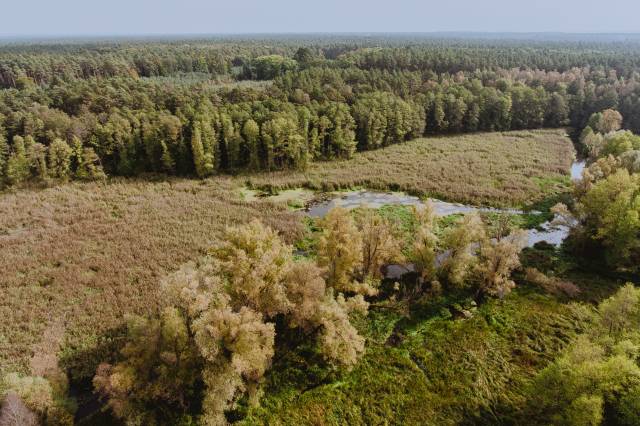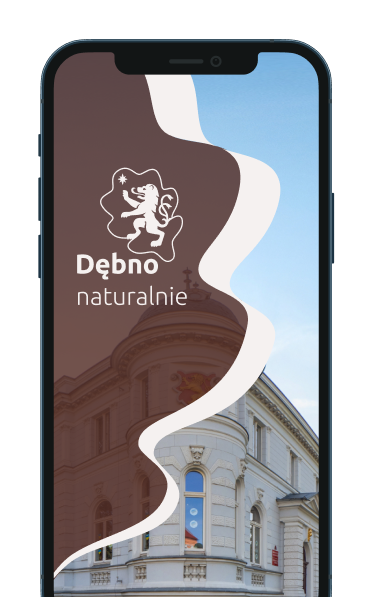The palace is situated in a park glade away from the manor yard, near the southern shore of Dolsk Lake.
The residence of the owners of the Dolsk estate was first mentioned in 1713, when the estate belonged to Friedrich W. von Marwitz. In 1828, Karl A. von Tresckow extended the residence. A magnificent neo-Gothic palace (modelled on the hunting lodge of Margrave Jan in Kostrzyn) was built. Cir. 1890, Tassilio von Tresckow carries out further alterations to the palace, including the construction of 3 noestyle towers. In its heyday it was called a small Sanssouci. After the war the palace was disused, devastated and additionally destroyed in a fire in 1967. In the 1990s, the dilapidated building fell into private hands and has since been successively rebuilt. Comprehensive revitalisation is now nearing completion and the palace is regaining its former glory. The owners plan to open a congress centre there.
Next to the chateau is a historic park, where you can admire old plane trees, black walnut and American tulip trees. The village spreads out over the picturesque Dolskie Lake, and a short distance to the south is the Postne Lake with a camping area.







